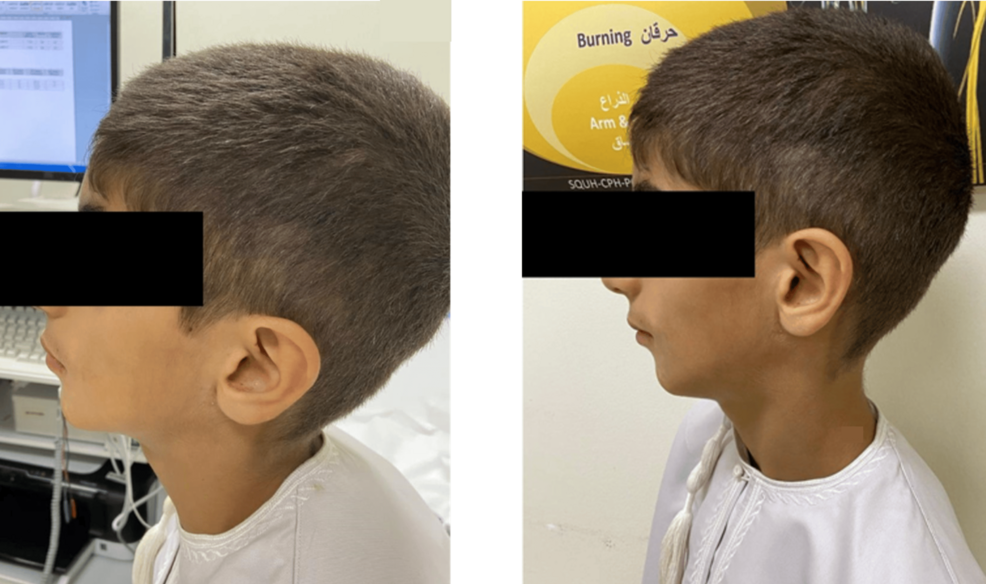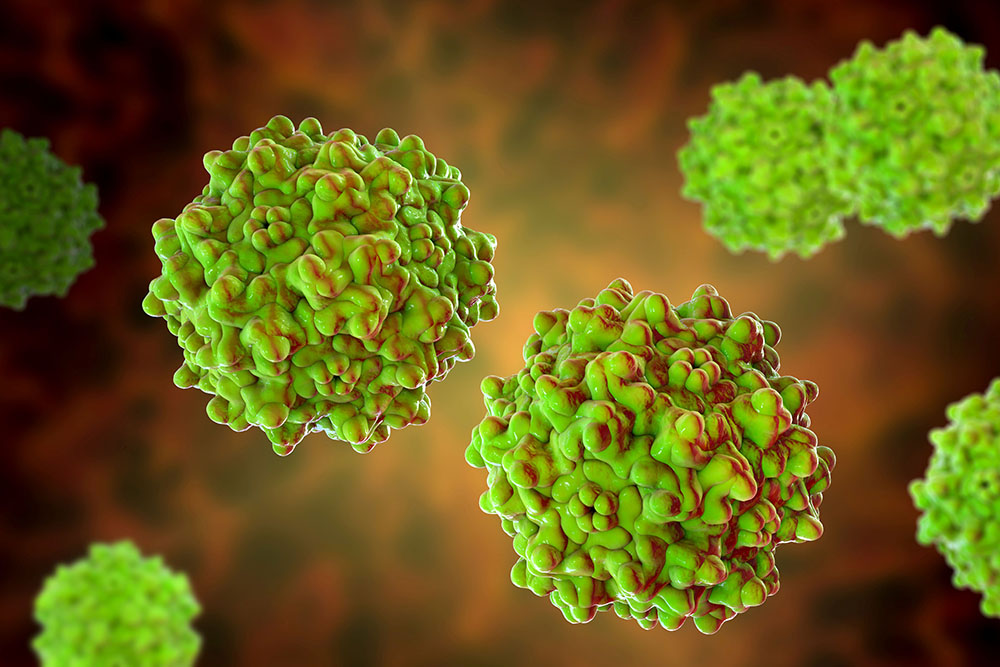Kulicke and Soffa Industries, Inc. Announces CEO Transition
Lester Wong to Serve as Interim CEO; Board of Directors Initiates Process to Identify Permanent Successor; Dr. Fusen Chen to Retire for Health Reasons
SINGAPORE, Oct. 28, 2025 /PRNewswire/ — Kulicke and Soffa Industries, Inc. (NASDAQ: KLIC) (“Kulicke & Soffa”, “K&S”, “we” or the “Company”) today announced that Dr. Fusen Chen has agreed to retire from his position as President and CEO, and as a member of the Board, effective December 1, 2025, due to health reasons. Following the effective date, Dr. Chen will serve as an advisor to the Board for a 12-month period. The Board has initiated a process to identify the Company’s next permanent CEO. The search will include internal and external candidates.
Effective immediately, the Board of Directors has appointed Lester Wong, the Company’s current Executive Vice President, Finance and IT and Chief Financial Officer, as the Company’s Interim CEO. As Dr. Chen transitions from his role and in leading up to his retirement, he will support Lester Wong in ensuring a smooth transition and handover. Mr. Wong will also continue in his existing roles during this transitional period.
“We are profoundly grateful to Fusen for his visionary leadership, unwavering commitment, and remarkable achievements during his nine-year tenure as CEO and President,” said Peter Kong, Chairman of the K&S Board. “Fusen’s dedication to innovation and operational excellence has enabled K&S to grow and create value for shareholders. His leadership has solidified the Company’s core served market positions while accelerating its position at the forefront of advanced packaging and dispense technologies. His legacy will continue to inspire our organization for years to come. On behalf of the Board and the entire K&S family, I extend our heartfelt thanks and wish Fusen good health and success in his next chapter.”
“It has been a great honor to serve as Kulicke & Soffa’s CEO,” said Dr. Fusen Chen, President and CEO of K&S. “I thank our incredible team for their support. Together, we have navigated unprecedented global challenges with resilience and agility while building on the 75-year track record of innovation to unlock new opportunities across our markets, drive significant growth and create value for our shareholders. I am proud to have been a part of this progress and have the utmost confidence in K&S’ future.”
Mr. Kong added, “The Board has commenced a comprehensive search to identify the right leader to continue driving K&S’ strong momentum, expand our market share, further enhance our diverse portfolio and help our customers address critical challenges in the industry. As Executive Vice President and CFO, Lester has played an instrumental role in the Company’s success and we are confident that he will continue to drive K&S’ growth and innovation during this interim period.”
Mr. Kong concluded, “Together with the Board, I will assist Lester and the Executive Leadership Team in ensuring the continuity of leadership, stability and strategic focus of the Company. We believe this collaborative approach is critical as the Company is ushering through a period of exciting growth, driven by continued core-market improvement and capacity expansion, coupled with strong demand in sectors like AI, electric vehicles, and power semiconductors. We are investing in next-generation solutions such as ATPremier MEM PlusTM and expanding our capabilities in fluxless thermocompression bonding and chiplet integration. With a solid financial foundation and a clear strategic roadmap, we are well-positioned to support our customers’ evolving needs and deliver long-term value.”
“I look forward to assuming the interim CEO position and working closely with Peter, the Board and the entire Executive Leadership Team as the Board conducts its search for a permanent CEO to lead K&S into its next phase,” said Lester Wong, Executive Vice President, Finance and IT and CFO of K&S. “I am confident in the clear strategy we’ve established, which positions us to continue driving our leadership across semiconductor assembly technology and unlock meaningful value for our shareholders.”
K&S Reaffirms its Fourth Quarter Fiscal 2025 Outlook
In connection with today’s announcement, the Company reaffirmed its fourth quarter fiscal 2025 outlook. The Company intends to announce its fourth quarter fiscal 2025 financial results on November 19, 2025.
About Lester Wong
Mr. Wong, 59, has been the Company’s Chief Financial Officer since December 2018, and was promoted to Executive Vice President, from Senior Vice President, on January 1, 2022. Prior to that, Mr. Wong served as General Counsel & Senior Vice President, Legal Affairs beginning in September 2011. Mr. Wong has over 20 years of legal leadership at U.S. listed and Asian-based companies, with a wealth of experience in global corporate law. Previously, Mr. Wong served as General Counsel and held other senior legal positions at publicly traded companies including Gigamedia Limited and CDC Corporation.
About Kulicke & Soffa
Kulicke & Soffa is a global leader in semiconductor assembly technology, advancing device performance across automotive, compute, industrial, memory and communications markets. Founded on innovation in 1951, K&S is uniquely positioned to overcome increasingly dynamic process challenges – creating and delivering long-term value by aligning technology with opportunity.
Contacts
Kulicke & Soffa
Marilyn Sim
Public Relations
+65-6880 9309
msim@kns.com
Kulicke & Soffa
Joseph Elgindy
Finance
+1-215-784-7500
investor@kns.com
SOURCE Kulicke & Soffa Industries, Inc.







